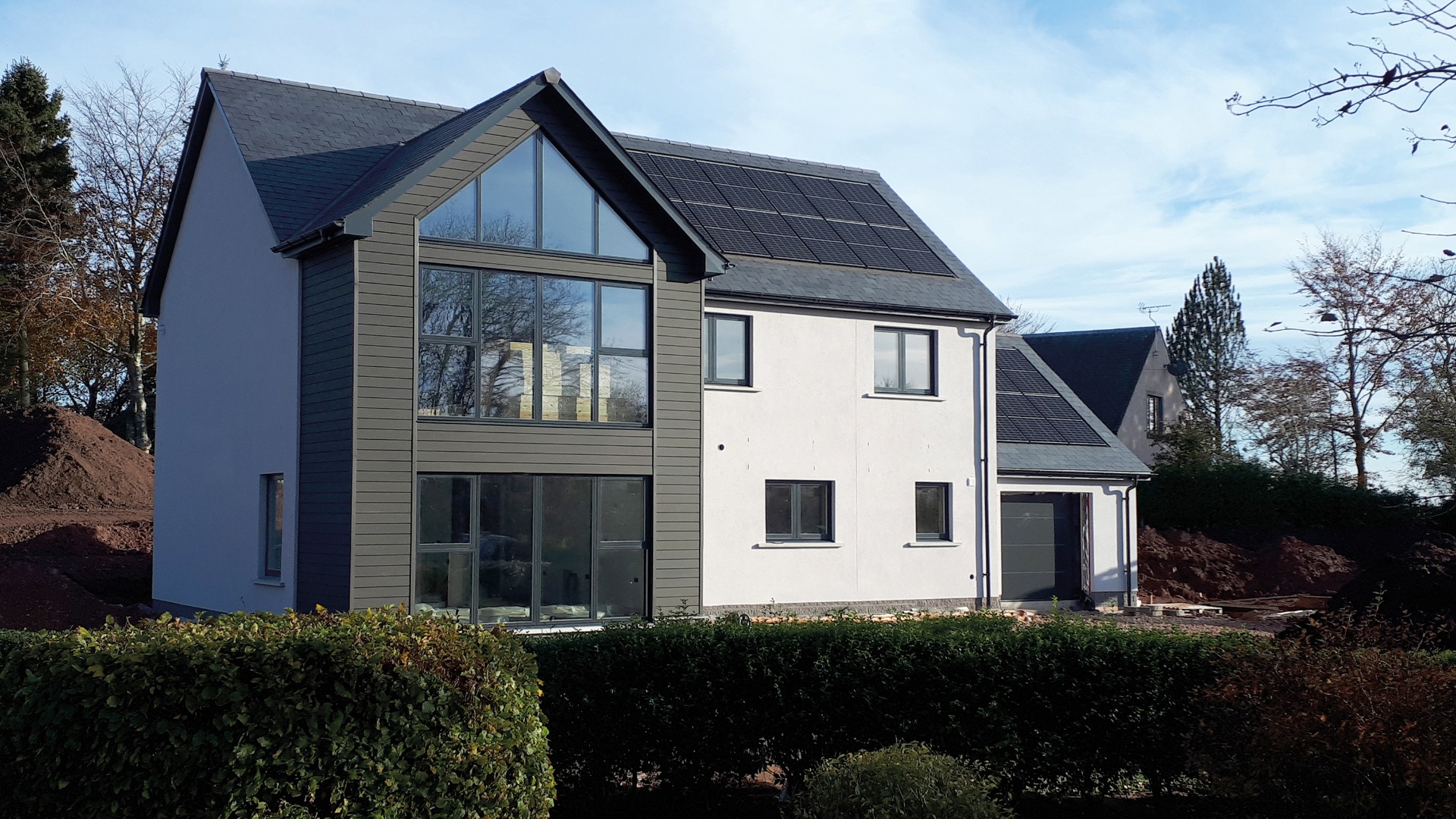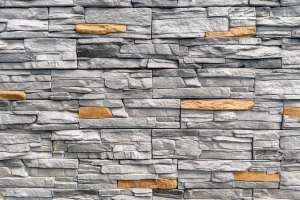Metal cladding is a popular choice in both residential and commercial construction for its durability, versatility, and aesthetic appeal. This construction technique involves the application of a thin layer of metal, such as aluminum, copper, or zinc, over a building’s exterior surface. The metal cladding not only enhances the overall look of the structure but also serves to protect it from weather elements, corrosion, and other forms of damage.
With advancements in technology, metal cladding systems have become more sophisticated and efficient, offering better insulation and energy efficiency. Additionally, the variety of finishes and colors available in metal cladding allows for endless design possibilities to suit any architectural style. In this article, we will explore the benefits of metal cladding, its applications in different industries, and why it continues to be a popular choice for modern construction projects.

Benefits of Metal Cladding
Metal cladding offers numerous advantages that make it a preferred choice for building exteriors. One of the key benefits is its durability, as metal is resistant to rust and corrosion, ensuring a long-lasting finish that requires minimal maintenance. Additionally, metal cladding provides excellent thermal insulation, helping to regulate indoor temperatures and reduce energy costs. Another advantage is its versatility in terms of design options, allowing architects and designers to achieve unique aesthetics that enhance the visual appeal of a structure. For more information on the advantages of metal cladding, click here.
Applications in Different Industries
Metal cladding is widely used across various industries due to its adaptability and performance. In the commercial sector, metal-clad buildings offer a modern and sleek appearance that can attract customers and tenants. The industrial sector benefits from metal cladding as it provides protection against harsh environments and chemicals, ensuring the longevity of the structures. In residential construction, metal cladding adds a contemporary touch to homes while offering increased durability compared to traditional siding materials. With its diverse applications and benefits, metal cladding continues to be a popular choice for architects and builders in various industries.
In conclusion, metal cladding has proven to be a valuable construction technique that offers durability, energy efficiency, and design flexibility. With its ability to protect buildings from various environmental factors, provide thermal insulation, and enhance the aesthetic appeal of structures, metal cladding remains a popular choice in both residential and commercial construction projects. As technology advances and new finishes become available, the versatility and performance of metal cladding systems continue to evolve, making it a reliable option for architects and builders looking to create modern and sustainable buildings. Its applications across different industries further highlight the widespread benefits of metal cladding, solidifying its position as a top choice for exterior building materials.
